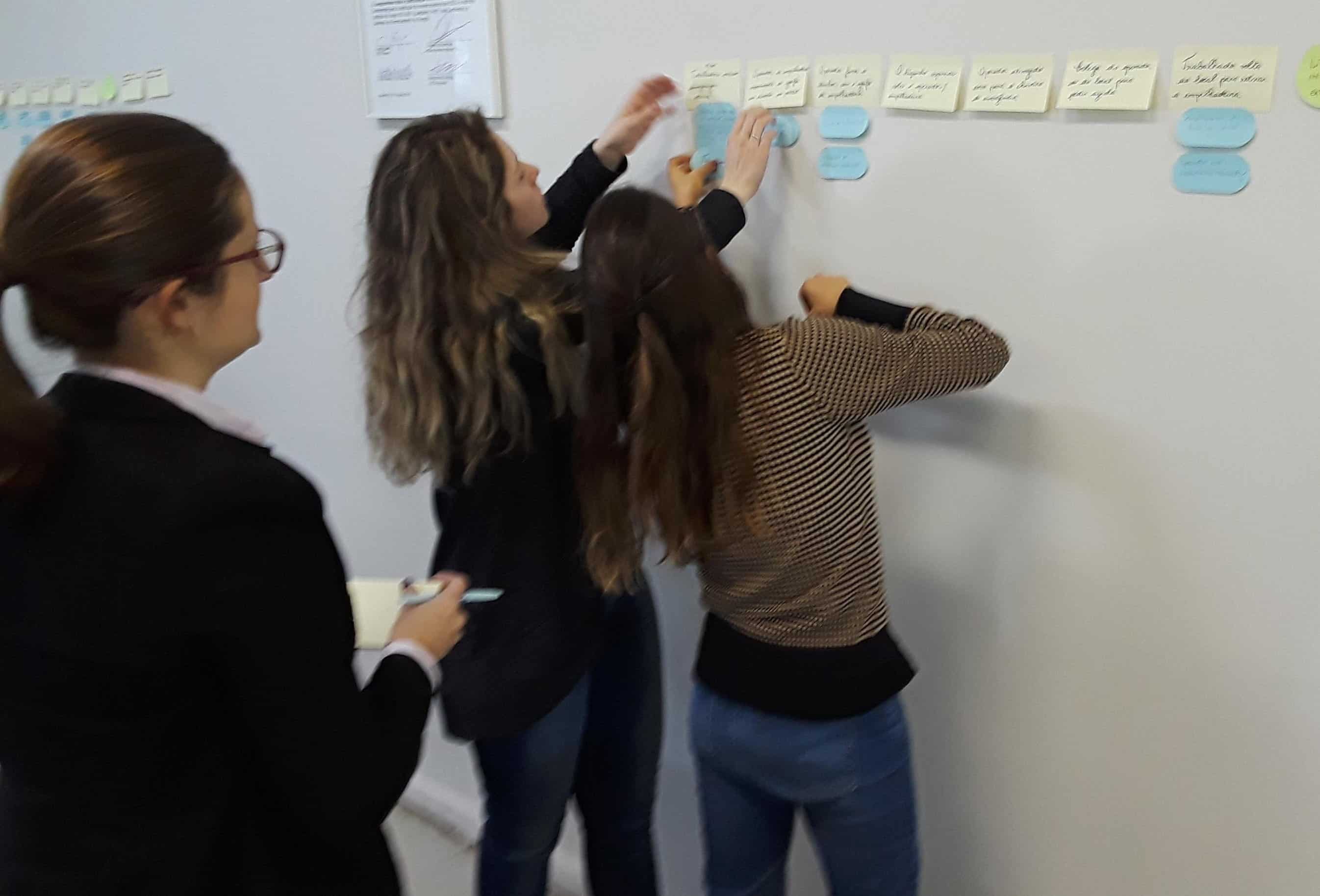TapRooT® User Success Story: Finding Root Causes Without Blame
Challenge
Perform an investigation of an incident under our new “non-punitive environment policy” to focus on real, fixable root causes rather than focusing on blame.
Action
The healthcare industry has recognized that improved root cause analysis of quality incidents and healthcare sentinel events is required to improve patient care and reduce patient risk. But one obstacle to improved root cause analysis is a long history of blame-oriented investigations and tort actions that cause individuals to be reluctant to share information about mistakes. Therefore, our hospital decided to institute a new “non-punitive environment policy.”
Part of this “non-punitive environment” policy for investigations was using the TapRooT® System to investigate the incident, find root causes, and develop corrective actions. One of the reasons that TapRooT® Root Cause Analysis was chosen was that it provided a robust systematic approach to root cause analysis without pointing fingers and placing blame. This was not the first time we had used TapRooT® RCA, but it was the first time we used TapRooT® RCA in a “non-punitive environment” investigation.
Results
The first incident we chose to investigate was one that, in the past, would probably have been very blame-oriented. A wrong patient was given the wrong drug intravenously.
This is a violation of our “5 Rights” policy, which is standard practice throughout the medical industry.
However, by using TapRooT® Root Cause Analysis, we found causes beyond the normal “policy was violated” causes that we had expected. We found that:
- The IV bag design had changed, and now it was the same size as other bags.
- The font and type used to label the bags were small and could easily be misread.
- The nurses hurried because of unnecessary, repetitive paperwork that could be reduced to allow more time with patients and in administering medications.
- The IV bags were being hung unnecessarily high which made them hard to read for short nurses (especially if the nurse wore bifocals).
The increased information obtained led to a better understanding of the contributors to the errors and helped the investigation team develop corrective actions that previously would not have been considered. These included:
- Increasing the type size that is printed on the label of the IV bags.
- Putting the patient’s name in BOLD type to make it easier to find on the label.
- Lowering the height of the IV bags for IVs being delivered by IV or PCA pumps.
Implementing these corrective actions did not reduce the importance of the “5 Rights” policy. The corrective actions highlighted that hospital management was taking action to ensure that the “5 Rights” policy could be implemented more effectively. This reinforces to our staff the importance of the policy and their compliance with it.
Because of this management effort to make the policy easier to comply with, the staff is even more committed to using the “5 Rights” policy consistently and accurately.
We therefore see this investigation as a very successful first application of our “non-punitive environment policy” for investigations.
The staff was more willing to openly share mistakes that they had made.
The investigation team identified causes that they previously would have missed.
The hospital implemented corrective actions that will improve performance and improve compliance with a policy without blame or disciplinary action.
The entire staff (investigation team, those who made the mistakes, and hospital management) was impressed with the process and how TapRooT® RCA helped people focus on what happened and what could be done to improve performance rather than focusing on who to blame.



